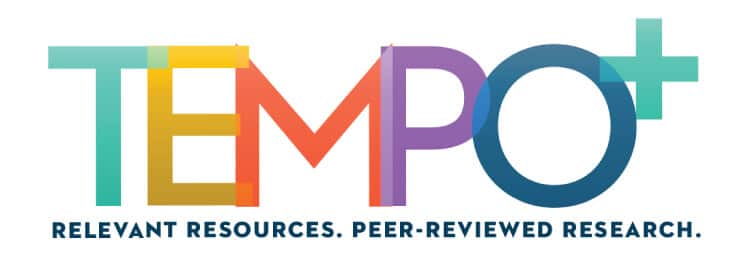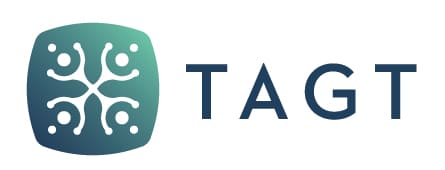The term gifted often elicits images of high-achieving, motivated students who nearly always have the answers, regardless of the questions. Although speculation for profiles of gifted individuals remains, one only has to delve into the work of Leta Hollingworth to know that the foremother of gifted education recognized the complex psychology that often comprises those labeled as gifted (Gifted Development Center, n.d.). In fact, most educators who have worked with students identified as gifted know that the classic teacher-pleasing student may be recognized as gifted, but more than likely, the truly gifted student may be in that same class—masked by myriad characteristics that too many educators do not associate with giftedness.
Some of these deceiving traits were compiled by Kazimierz Dabrowski, which he designated as overexcitabilities (OE). Essentially, Dabrowski’s theory of OE described a heightened physiological experience of sensory stimuli resulting from increased sensitivity of the neurons (Mendaglio & Tiller, 2006). Highly capable students who possess one or more of these heightened sensitivities may be overlooked as gifted, and, in fact, are often misdiagnosed as having a deficit that inhibits their capacity to learn. Consider the student who acts impulsively, speaks out of turn, and appears unable to sit still. Many educators would likely see these characteristics as Attention Deficit/Hyperactivity Disorder (ADHD), however Dabrowski referred to these behaviors as psychomotor overexcitabilities. It is true that the two have similar manifestations, however, our response to each should differ. For a student with psychomotor overexcitabilities, teachers should offer options for movement within the classroom. Flexible seating alternatives would also be helpful for these kids. Ultimately, these students are likely to manage their tendencies for increased movement if they are given opportunities to release that extra energy.
Other characteristics that might be misconstrued in a classroom are relative to Dabrowski’s imaginational overexcitabilities. Students who possess imaginational overexcitability can get lost in their daydreams, often not paying close attention in class. Further, sometimes children with overactive imaginations will tell stories that may not be founded in truth, yet they believe them with their whole heart. It is important that we help these students to distinguish between reality and their imagination in a delicate and strategic manner, perhaps having them begin with factual information and then allowing them to add embellishments of their own. Teachers can also support these creative kids by offering open-ended learning tasks that enable them to showcase their creativity.
Emotional excitability may be displayed in a number of ways. People who possess heightened emotions simply feel bigger than most of us. They may ponder existential questions and be introspective. Some who are more emotionally charged may find injustices harder to withstand, while others may be more inclined to notice and appreciate natural beauty. Although it may be easy to chalk these kids up to being “dramatic,” educators may aid emotionally sensitive students by validating their feelings as real. Sharing stories of young people who have made a difference and offering realistic opportunities where students can see their impact can be very empowering.
A heightened sensitivity that many may not associate with giftedness is that which focuses on the senses. Sensual overexcitability describes intensities in smells, tastes, sounds, and/or also textures (the way that things feel). Ever had a child who demanded different socks because they weren’t perfectly aligned the way he likes them? A student who really could not withstand the aroma of the school cafeteria? Kids who covered their ears during loud assemblies? All are examples of students who likely have heightened sensual tendencies. Perhaps the most helpful thing an adult can do for these children is to create a comforting environment, free of the annoying stimuli. Parents should try to dress these kids in different socks, and teachers can try to make a deal with the student and allow her to eat elsewhere part of the time and maybe stand in the back of a loud assembly. Ultimately, validating that these sensations are real will go a long way with the sensually overstimulated child.
Dabrowski’s final overexcitability is likely most recognized by educators as relating to giftedness, intellectual overexcitability. Students who are curious about everything and ask lots of questions, many of which are well beyond the scope of the grade-level curriculum, are likely to possess an intellectual overexcitability. It is important to offer authentic learning experiences for these students. They need to see the relevance in what they are doing. It is also helpful to allow them time to find answers to their questions and let them share their findings with others.
Although heightened intellect has an obvious connection to gifted individuals, some of the other intensities discussed in this column may be more surprising. Indeed, the very term gifted is somewhat of a paradox. Sure, people with higher intellect have the capacity to be true game changers, but they must manage all of their “gifts” in order to maximize that potential. It is our job as educators to ensure we are equipped with the knowledge and tools we need to aid our nation’s most capable students to become the influential contributors for which they are destined.
References
Gifted Development Center. (n.d.). Leta Hollingworth: Birth mother of PG. Retrieved from http://www.gifteddevelopment.com/highly-and-profoundly-gifted/leta-hollingworth-birthmother-pg
Mendaglio, S., & Tiller, W. (2006). Dabrowski’s Theory of Positive Disintegration and Giftedness: Overexcitability research findings. Journal for the Education of the Gifted, 30, 68–87.
Kimberly Stewart, M.Ed., has been an educator for 28 years, with 21 of those years in gifted education, all of which have been served in San Antonio’s Northside ISD. Kim trains teachers in Northside ISD on effective strategies to serve G/T students. She has presented at the TAGT Leadership Conference and currently serves on the TAGT Education Committee.






